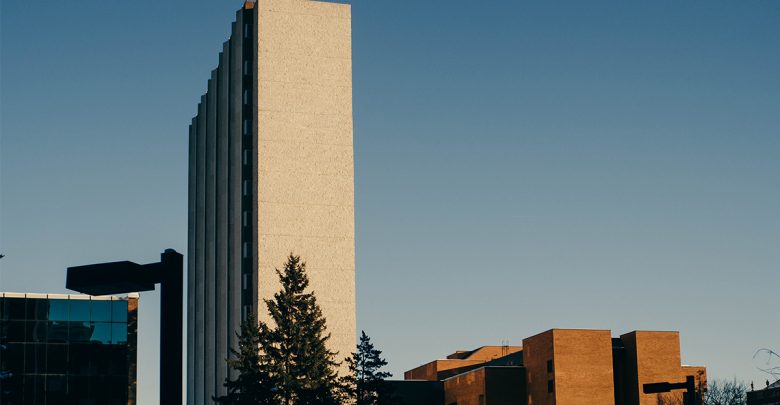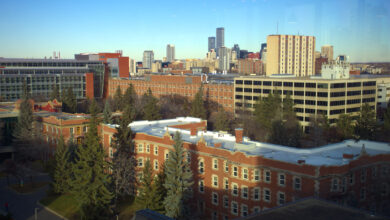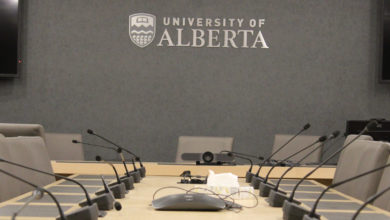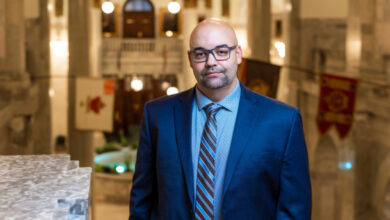University to release deferred maintenance strategy
 Nana A
Nana AThe University of Alberta is currently facing $372 million in deferred maintenance, a number that could grow to over a billion in the next four years if not addressed.
A new integrated asset management strategy, scheduled for release in June, will lay out how the university plans to address deferred maintenance. On April 11, vice-president (facilities and operations) Andrew Sharman introduced the document and spoke about universities priorities on managing its buildings at a town hall.
“This [$372 million] figure includes maintenance items that should have been dealt with as of today,” Sharman said in an interview. “The rest is what should be done over the next four years.”
Deferred maintenance is when infrastructure components are scheduled to be repaired within a particular time but aren’t, resulting in costlier future repairs.
According to Sharman, the university is projecting deferred maintenance figures in five years to be around $972 million. If the current level of deferred maintenance is not addressed, said projection would grow over a billion dollars.
Sharman said some of the principles the university will consider when addressing deferred maintenance and constructing future buildings include guaranteeing campus character, preserving pedestrian experience, fostering positive student experiences, and environmental sustainability.
“This will inform how we move as a university on either renewing, expanding, or decommissioning buildings,” Sharman said. “My personal opinion is, we need to be better at maintaining our existing [buildings] before we build any more.”
Sharman said the highest deferred maintenance burdens on campus right now are the Dentistry Pharmacy, Biological Sciences, Tory, Medical Sciences, and Clinical Sciences buildings.
He added that the Tory Building mechanical systems will undergo a “complete overhaul,” with $3 million being assigned for the next three years. Other than that, there is no funding assigned to address concerns within other buildings.
“There really are never a shortage of projects,” he said. “We have to really look after the projects that are in dire need first and then move forward from there.”
Legally, buildings with health or safety repairs must be addressed first. From there, Sharman said his department looks at other risk factors.
In an interview, Students’ Union president Akanksha Bhatnagar said deferred maintenance touches the life of every single student on campus. She said while the university has its own considerations of which buildings should be repaired first, often student concerns are not factored in.
“From non-academic to academic life, each of us on campus face deferred maintenance,” she said. “It really impacts our quality of life on campus.”
The Dentistry Pharmacy Building received funding from the provincial government in May 2018 in order to address its deferred maintenance. In addition, Sharman said the 2018 provincial budget had a flat-line on funding, meaning the same amount would be provided year over year. Sharman said the university would be “happy” with that. He said the university is eager to see if this will continue with the election of a new government.
Bhatnagar hopes the provincial government will release a strategy on how they will work to address deferred maintenance.
“It is not enough to simply give funding to one building here and there,” she said. “Hopefully we can have more predictability moving forward.”




